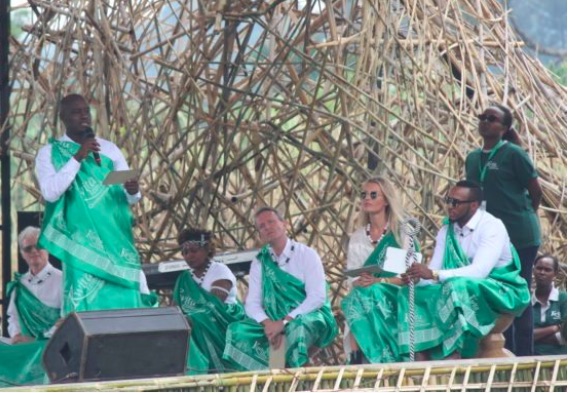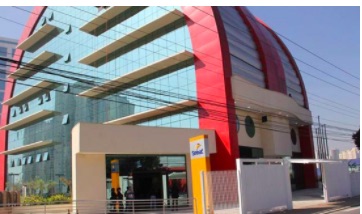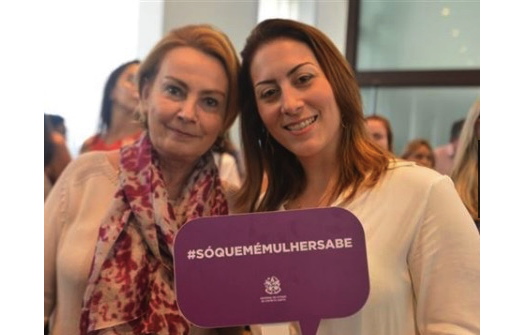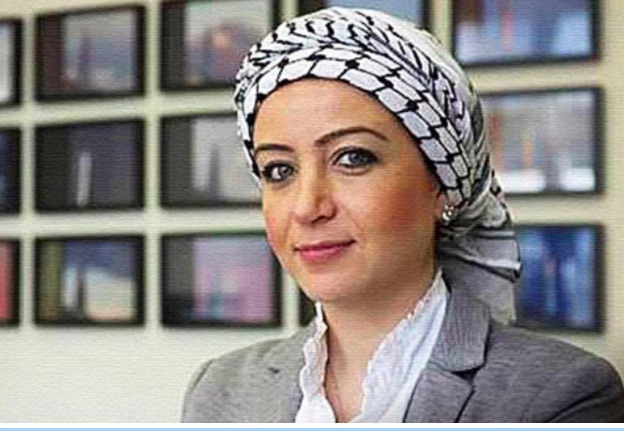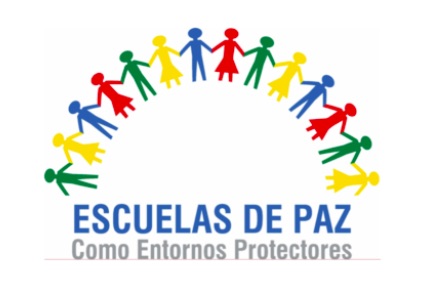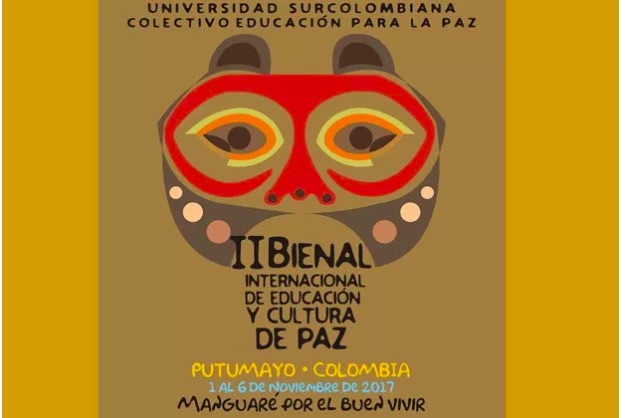. . SUSTAINABLE DEVELOPMENT . .
An article from The Costa Rica News
On October 9 to 11, the Sixth International Conference: Planet, People, Peace (P3), the most important international venue on sustainable tourism, will be hosted by Costa Rica. This conference is organized by the Costa Rican Chamber of Ecotourism and Sustainable Tourism (CANAECO) together with the Costa Rican Tourism Board (ICT).
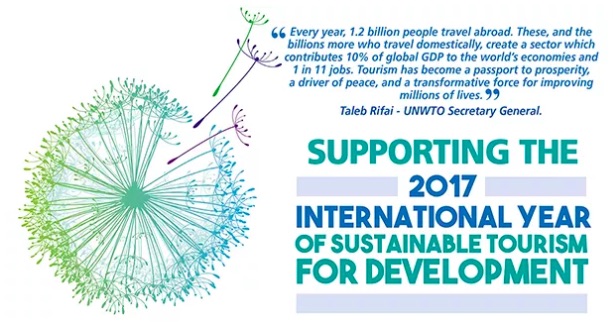
(Click on image to enlarge)
P3 International Conference will mark the high point to celebrate in this country the International Year of Sustainable Tourism for Development, so declared by the United Nations General Assembly. 25 keynote speakers –from Costa Rica and other 15 countries such as Canada, Chile, Ecuador, Germany, Island, Jordan, Mexico, the Netherlands, Peru, South Africa and the United States, will participate in this conference.
“P3 contributes to positioning Costa Rica as a leading destination for sustainable tourism, ensuring the wellbeing of communities while being the driving force of the social and economic development in the country. In this way, our commitment transcends words, and by hosting this event, the eyes of the world will be in Costa Rica, as it will be developing a high-profile activity attended by world leaders, renowned lecturers, and the world’s highest authority on tourism, the Secretary-General of the UNWTO,” stated Mauricio Ventura, Minister of Tourism.
“P3 strengthens the position of Costa Rica as a responsible destination, highlighting the efforts, best practices and innovative initiatives of the public and private sector in the country, while being the most important venue in the region to discuss what is happening in other parts of the world,” explained Jackeline López, President of CANAECO.
At the invitation of the Costa Rican Tourism Board, Taleb Rifai, Secretary-General of the World Tourism Organization (UNWTO), will attend the conference to talk about the sustainable tourism as a driver for development.
Costa Rica has been more involved and active in the World Tourism Organization. The country has a seat at the UNWTO Executive Council representing countries in the American continent and The UNWTO also recognized Costa Rica, of 55 countries and 139 nominees, with an award for Tourism Innovation and Excellence, where it took second place in the Public Policies and Governance category, becoming the first country to measure the Social Progress Index in Tourism Destinations.
(article continued in right column)
Question related to this article:
How can tourism promote a culture of peace?
(article continued from left column)
In addition, the United Nations General Assembly appointed Luis Guillermo Solís, President of Costa Rica, as Special Ambassador of the International Year of Sustainable Tourism for Development, and for the first time ever, the ICT partnered with UNWTO and CNN International to build a new tourism identity: “Costa Rica. My Choice, Naturally.”
Mr. Rifai has been Secretary-General of the UNWTO since 2010. Earlier, from February 2006 to February 2009, he was Deputy Secretary-General.
Cooperation on sustainable tourism and climate change
In its five years of existence, this conference has become one of the largest and most prominent events on sustainable tourism in the region. A triangular cooperation project among Uruguay, Costa Rica and Spain has been one of the outcomes, starting learning exchange on climate change and sustainable tourism.
This contact resulted in an exchange that allowed the Costa Rican Tourism Institute (ICT) and key stakeholders to share the Sustainable Tourism Certificate with the Ministry of Tourism in Uruguay (MINTUR), the Ministry of Housing, Land Planning and Environment in Uruguay (MVOTMA), the National Climate Change Response System (SNRCC) and Uruguayan stakeholders in tourism, who are working on a sustainable tourism certification for Uruguay –Green Tourism Certificate (SVT).
Under this project, Uruguay has shared experiences on a recovery of beaches through ecosystem-based adaptation (EbA) techniques, implementing train-the-trainers activities with experts from the ICT and representatives from local committees of the Programa Bandera Azul Ecológica de Playas (Ecological Blue Flag Programme for Beaches), running this institute.
About the conference
The conference will be structured around four themes. The Earth theme will analyze how tourism –one of the largest and most dynamic economic sectors– can contribute to the Sustainable Development Goals (SDGs), pervading local communities and destinations.
The Water theme will focus attention on new market trends and how the tourism industry evolves. The Air theme will address climate change and how it affects tourism. Experts will share precautionary and mitigation measures through best practices and new technologies.
Finally, the Fire theme will explore the main challenges in the sector, such as sharing economy and the carrying capacity of destinations against the decision whether to bet on quantity or quality of tourists.
For the second consecutive year, P3 International Conference has been declared an event of cultural interest by the Ministry of Culture in Costa Rica and for the third time, awarded the declaration of tourist interest. Registrations are open.


